Spinal Cord Stimulation
Spinal cord stimulation (SCS) is an innovative and effective treatment option for many chronic pain sufferers. Its main use is for neuropathic pain, including peripheral neuropathy, diabetic neuropathy, post-laminectomy syndrome (ongoing pain after back surgery), and complex regional pain syndrome (CRPS). SCS is an implantable device which transmits mild electrical impulses to affected spinal cord nerves.
What is Neuropathic Pain?
Neuropathic pain occurs when there is an injury to the central nervous system (spinal cord) or peripheral nervous system (nerves located outside the spinal column). Disease of these areas also causes neuropathic pain. Neuropathic pain symptoms can cause stabbing, pricking, and sharp pain in the lower or upper extremities. Something as simple as a light touch against the skin can cause severe pain and intense pain beyond what is considered “normal.”
What is the procedure of Spinal Cord Stimulation?
SCS relieves pain through an implanted device that transmits mild electrical impulses to the spinal cord. The stimulation blunts pain by replacing it with a more pleasant feeling called paresthesia. Paresthesias are often described as “pleasant tingling.”
Before an SCS is implanted permanently, it is first introduced on a trial basis to determine if it provides effective pain relief. The SCS trial is necessary and is performed on an outpatient basis in the office. After anesthetizing the area, one or more thin, soft leads are placed in the epidural space next to the spinal cord using a thin needle. These leads are then connected to a portable, external generator. Mild electrical pulses are programmed to replace pain with a pleasant paresthesia. The trial procedure takes approximately 30 to 45 minutes and is followed by a short period of observation in the office.
This Treatment is Good For..
-

Neck
-

Back
